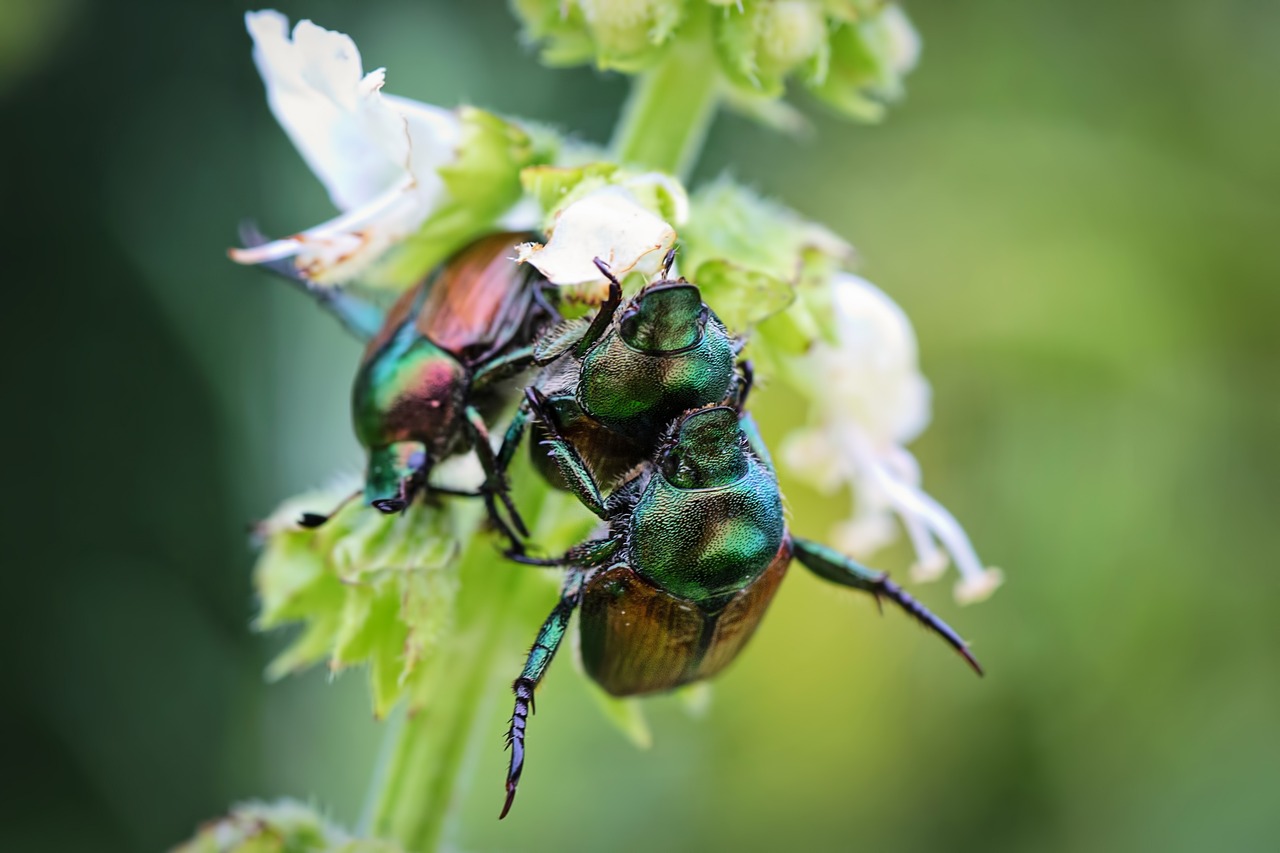Explore this Japanese Beetle vs. June Bug: Similarities and Differences guide to find what sets them apart in detail.
In the world of gardening, it’s important to know the critters that can affect your plants. Two common insects that gardeners often encounter are the Japanese Beetle and the June Bug. These bugs might seem similar initially, but their distinct characteristics and behaviors set them apart. In this article, you can explore Japanese Beetle vs. June Bug: Similarities and Differences.
Do Butterflies Drink Blood? Find Out
What is June Bug?: Japanese Beetle vs. June Bug
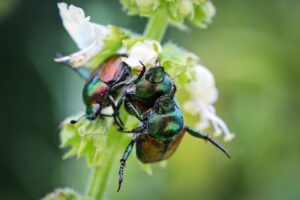
The Junebugs or May/June beetles (Phyllophaga spp.) is a type of beetle commonly seen in gardens. It is around half an inch long, with reddish-brown or dark tan colors. Active during warm months, it’s drawn to lights at night. June Bugs feed on plant roots, often causing patches of damage in lawns.
What is Japanese Beetle?: Japanese Beetle vs. June Bug
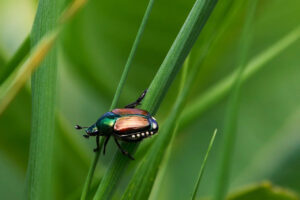
The Japanese Beetle, a common garden insect, measures around half an inch long with shiny green wings and bronze-like covers. Active in warm months, it emits a scent to attract fellow beetles. These beetles eat leaves, flowers, and fruits, which can harm plants. They lay eggs in the soil, affecting plant roots.
Find Everything About What Do Moths Eat?
Japanese Beetle vs. June Bug: Differences
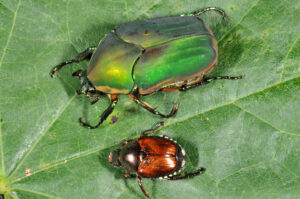
1. Physical Appearance:
June Bug: Also known as May beetles, these bugs are medium-sized beetles with shiny, red-brown-to-black bodies. They have a slightly oval shape and can measure around 1 inch in length. Their bodies are sturdy and a bit hairy.
Japanese Beetle: They are small insects with a shiny, metallic green bodies. They have coppery-brown wing covers, and you can spot them due to their distinctive appearance. They are about half an inch long.
2. Activity Period:
June Bug: They are mainly active at night, especially in warm weather. June bugs fly around lights and are attracted to them.
Japanese Beetle: These insects are active during the daytime, particularly on sunny days. They are often seen flying around plants and flowers.
3. Feeding Habits and Damage:
June Bug: The larvae, also known as white grubs, live in the soil and feed on plant roots. They can harm grass and other plants by damaging their root systems.
Japanese Beetle: They feed on a wide variety of plants. They eat the leaves, flowers, and fruits of plants, causing significant defoliation and damage to crops, ornamental plants, and trees.
4. Habitat and Distribution:
June Bug: These bugs are commonly found in North America, and they prefer areas with grassy lawns, gardens, and agricultural fields.
Japanese Beetle: They are native to Japan but have spread to North America. They can be found in gardens, farms, and urban areas with plants to feed on.
5. Life Cycle:
Both June bugs and Japanese beetles have a similar life cycle. They start as eggs laid in the soil, hatch into white grub larvae, and then pupate before emerging as adult beetles.
6. Reproduction:
June Bug: Female June bugs lay their eggs in the soil, which hatch into larvae. These larvae grow into adults over the course of a few months.
Japanese Beetle: Female Japanese beetles lay eggs in the soil, and after hatching, the larvae (grubs) feed on plant roots. They eventually transform into adult beetles.
7. Economic Influence:
Both June bugs and Japanese beetles can have negative economic impacts due to their feeding habits. They can damage crops, ornamental plants, and trees, leading to losses for farmers, gardeners, and landscapers. Efforts to control their populations and prevent their damage can require time and resources.
What Does It Mean When a Butterfly Lands on You? Find Out
Japanese Beetle vs. June Bug: Similarities
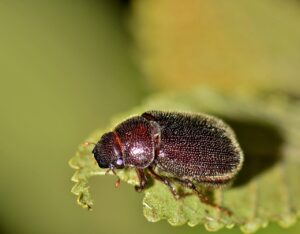
Size and Shape: Both Japanese Beetles and June Bugs are small insects with similar body shapes. They have round, compact bodies with hard outer shells.
Coloration: These insects have distinctive coloration. Japanese Beetles are metallic green with coppery wings. June Bugs, on the other hand, have a brown or black color with a velvety texture.
Lifestyle: Japanese Beetles and June Bugs are both classified as beetles. They have similar lifestyles, spending their early stages as grubs in the soil before emerging as adults.
Feeding Habits: Both insects can be considered pests due to their feeding habits. Japanese Beetles feed on a wide variety of plants, including roses and other ornamental plants. June Bugs also consume plant material, such as leaves and flowers.
Flying Abilities: When they become adults, both Japanese Beetles and June Bugs are capable of flight. They often fly around plants and lights during the evening.
Seasonal Appearance: Japanese Beetles and June Bugs tend to appear during the warm summer months. They are commonly seen in gardens and yards, especially in areas with ample vegetation.
Attraction to Light: Both insects are attracted to light sources, sometimes leading them to gather around outdoor lights or lit windows at night.
Lifecycle: Both Japanese Beetles and June Bugs undergo a complete metamorphosis, transitioning from egg to larva (grub), then pupa, and finally to adult beetle.
Family: June Bugs and Japanese Beetles are part of the Scarabaeidae family, a big and diverse bunch of beetles. This group has lots of different kinds of beetles with all sorts of sizes, shapes, and ways of doing things.
The Scarabaeidae family is important in terms of money and nature. Many beetles in this family help pollinate and sometimes cause problems as pests.
Find Are Leafcutter Bees Good or Bad
Conclusion: Japanese Beetle vs. June Bug

In conclusion, June Bugs and Japanese Beetles are both kinds of beetles, but they have distinct differences. June Bugs are bigger, brown or black, and active at night. They eat leaves and flowers. On the other hand, Japanese Beetles are smaller, shiny green, and active during the day. They eat a lot of different plants. While they may look a bit similar, their behaviors and the plants they like to eat set them apart.
Read Praying Mantis Egg Sac Information and Facts

